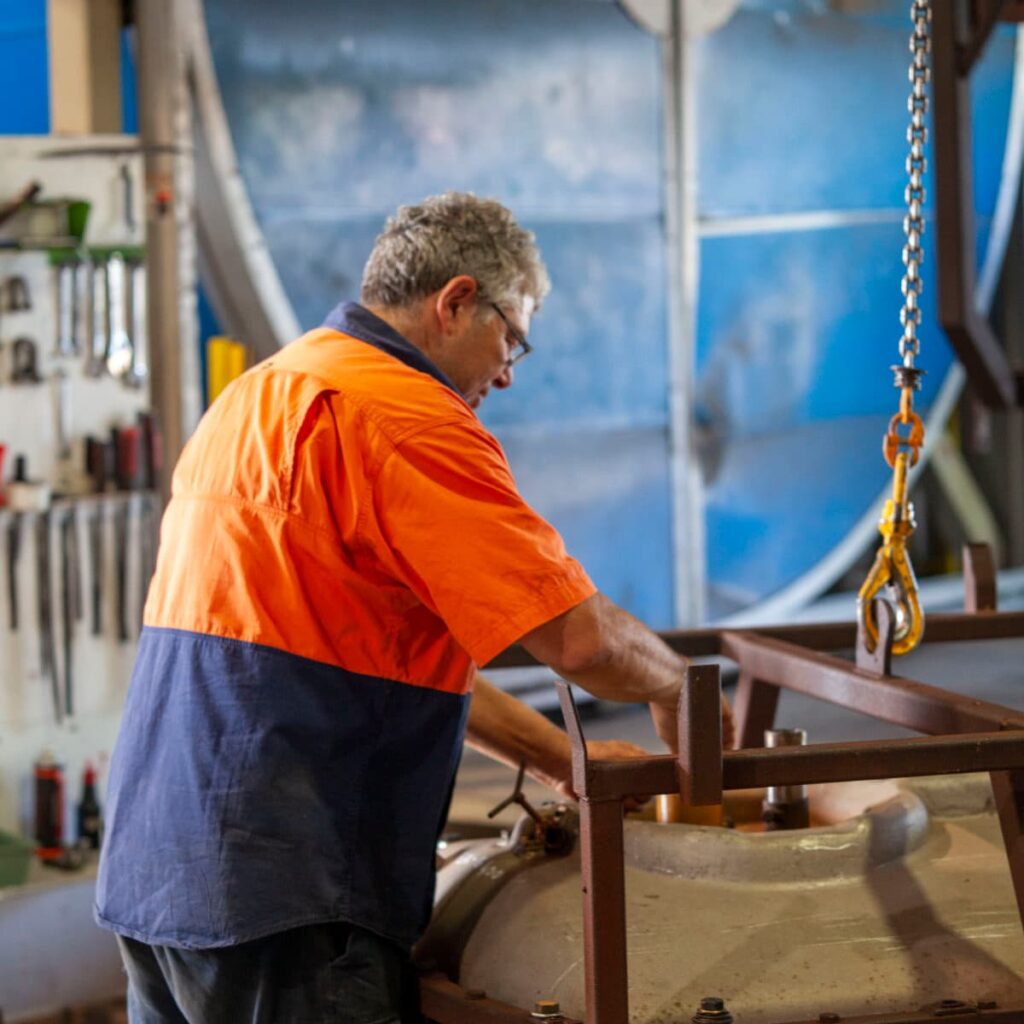Category: Agricultural News
Home / Agricultural News / Page 3
A Tour Though Broken Hill – Movies, Mining, Drag & More
G’day everyone, your favourite well-travelled delivery driver is back. It’s Uncle Garry’s Aussie Country Town Tour part 2! Last week I shared my tour through
Why Plastic Parts Are Rapidly Overtaking Metal
Plastic vs metal – it’s a long-debated topic in agricultural, mechanical, automotive and several other industries. While metal parts and assets have been king since
Why Your Poly Tank Colour Is More Important Than You Might Think
So, you’ve decided to buy a water storage tank. Once you have chosen your tank size, type and location on your property, it’s time to
Aussie Country Town Tour – A Country Man’s Guide Through Mildura
G’day everyone, Uncle Garry from Global Rotomoulding here. Welcome to my first post of Gazz’s Aussie Country Town Tour, where I’ll take you through some
Have Peace of Mind with Our Quality Management System
When you buy a water tank you want to be sure that it is the best quality possible. That’s why at Global Rotomoulding we’ve implemented
How Global Helps Customers Fertigate Efficiently on the Farm
Are you looking to achieve more with less on your farm? A fertigation system may be something that can help massively improve crop productivity and
Best Images of Rural Australia 2020
The new year has come, and most Aussies can agree that it was great to wave off 2020. Wildfires, a global pandemic, drought and plenty
Growing Demand for Organics: Farm to Table Christmas Recipes
Australians are hungry for organically grown produce. In fact, two-thirds of Australian households reported they had purchased organic products in 2018. This grew the domestic
5 Creative Christmas Gifts for Farmers
Farmers are dedicated workers and loyal people. You probably want to buy the farmer in your life a gift that wows them, but you have
Farm Marketing – Ways To Make Money That Aren’t By Farming
Love farm work, but want to earn extra income as a safety net to get you through the tough times and bad harvests? Enter, Farm
Get The Longest Life Out Of Your Farm Machinery
Farm machinery plays a crucial role in taking care of crops, maintaining high productivity, and ensuring that your next harvest is done on time. Agriculture
Looking For Rainwater Tanks In Mildura? Here’s What You Need To Know
When looking for rainwater tanks in Mildura, the market can seem oversaturated with different options and sizes to meet demand. For new buyers, it can

